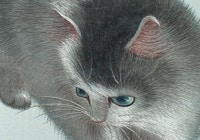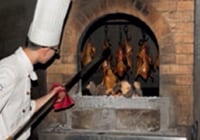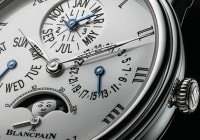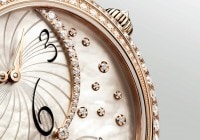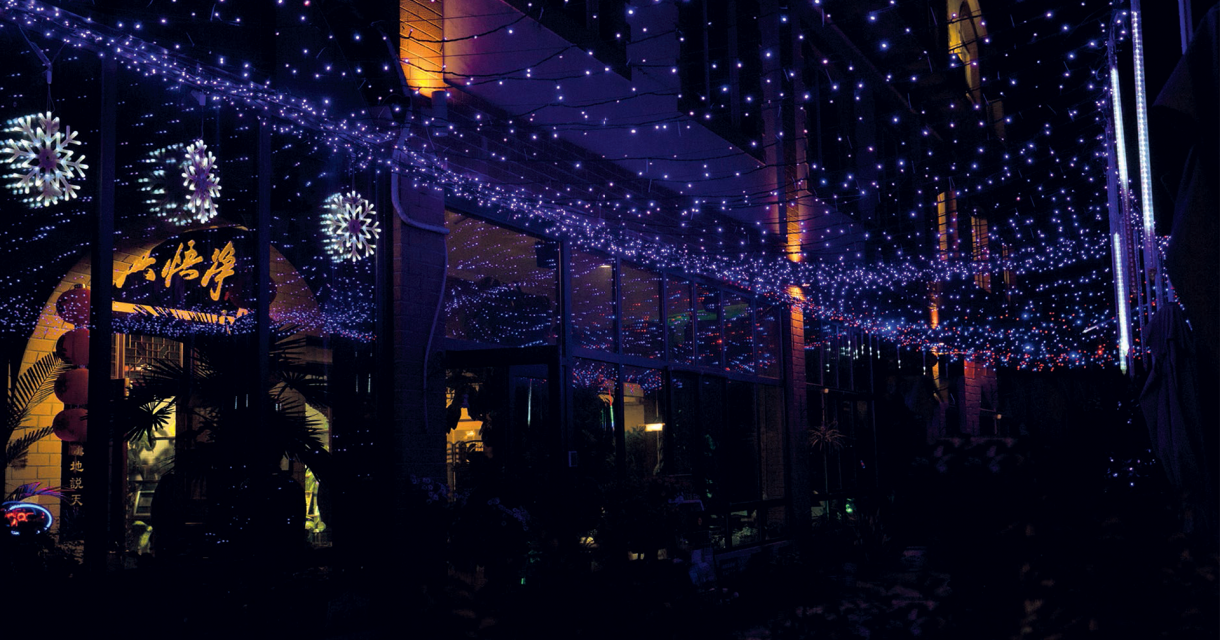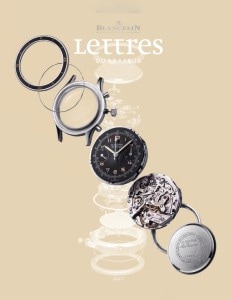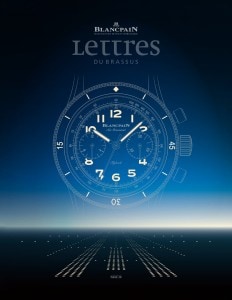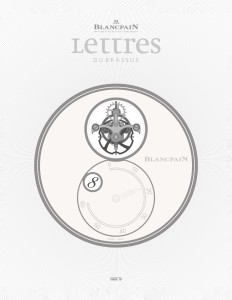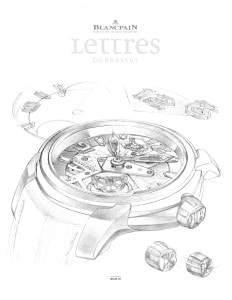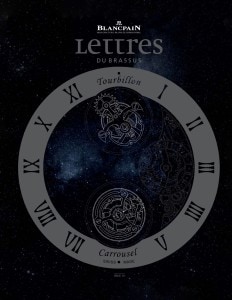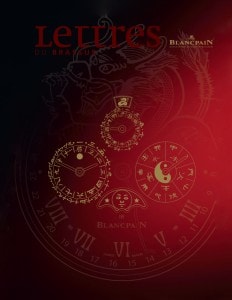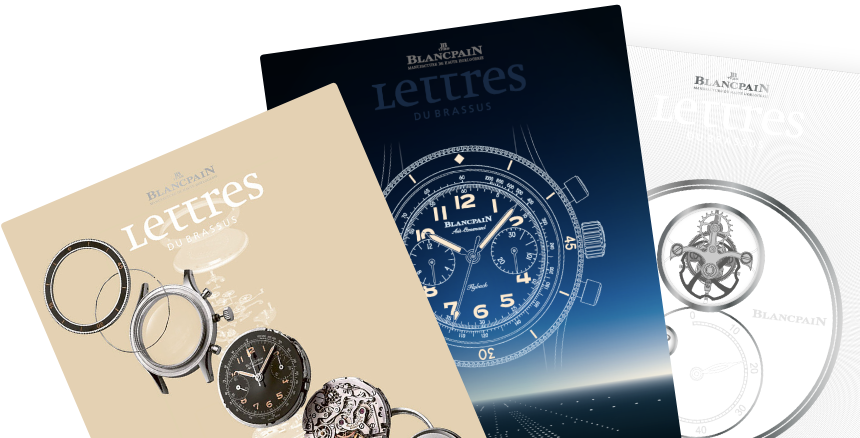
Search in Issues
Chapters
List of parts
Chapter 5
SUZHOU EMBROIDERY
The stunning art of “painting” with silk.

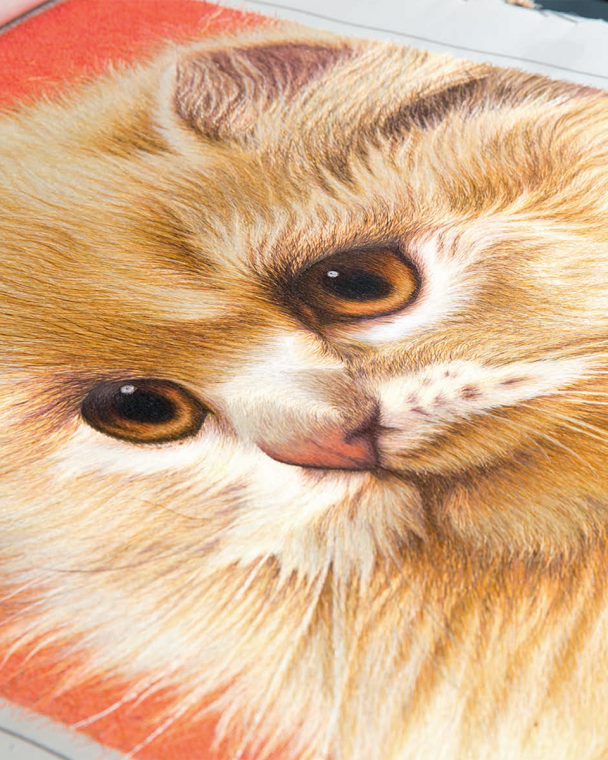
SILK EMBROIDERY ART, sometimes described as needlework painting, has a rich lineage in China.
“The artist is nothing without the gift , but the gift is nothing without the work.”
Émile Zola
Whatever your view on much of modern art, and, in particular, the relative importance of inspiration vs. intensive dedicated labor in its creation, gazing upon the exquisite woven silk tableaus of Juying Lu and her daughter, Meihong Lu, will provoke not a smidgen of doubt concerning the staggering degree of painstaking detailed hand craft poured into each and every one. Technically their works are called “embroidery”, but to many that word leads down a false path, as it conjures images of hand towels, table place mats, slippers and scores of other utilitarian objects. The Lu’s embroidery is painting with silk. Using microscopically fine threads, they create portraits, landscapes, flowers and animal images with all of the depth and detail of the finest realist painters. So banish all thought of this embroidery as a form of decoration for useful commodities and think of it as a noble form of artistic expression.
Silk embroidery art, sometimes described as needlework painting, has a rich lineage in China. Its roots trace back more than 2,500 years in Suzhou and, many scholars find its origins elsewhere in China 5,000-6,000 years ago. There are four historical schools of Chinese embroidery art: Suzhou, Hunan, Guangdong, and Sichuan. To generalize—and of course there are exceptions—Suzhou is the most fine, exuberant and delicate; the Hunan style emphasizes shades of black, white and gray; Guangdong symmetrical designs; and Sichuan, the oldest of the four, decoration of quilts, pillows, garments and screens.
The Lu’s live in Suzhou, located in Eastern China, one and half hour’s drive from Shanghai. Although the city boasts of its history of more than two and half millennia of embroidery, with the origins of the craft rooted in elaborate needlework battle flags, the art form was effectively extinct after the Cultural Revolution. Juying learned embroidery from her mother, beginning at the age of seven. For her it was the continuation of a family tradition extending back for generations. In her youth, Suzhou embroiderers largely emphasized the decoration of special clothes and burial dresses. There was a practical reason that embroidery was confined to useful objects. With people struggling to eat and survive, spending on art was out of the question.
SUZHOU needlework painting distinguishes itself by its FINENESS.
When Juying was free to resume her art in the 1980’s, she changed focus, from decoration of useful items, to silk painting. This was not a decision easily taken as incomes still had not risen much above that which had previously prevailed. Nonetheless, she determined to devote herself not only to purely artistic works, but to the most time consuming elaborate form: double sided silk painting. For those familiar with conventional embroidery, the first encounter with double sided is startling. Where is the backside? Where are the knots for the stitches? There is no backside. There are no visible knots. Instead, there are two different images, placed on opposite sides of the silk canvas. The appearance is of a magician’s trick. Must be two pieces to the canvas. Maybe there is an unseen split that hides the backsides and knots. The answer is that there is no trick. Not two pieces of silk canvas. No hidden splits. Instead, the microscopically thin silk threads—more about that in a moment—are stitched two threads at the same time—one for each side—and knots hidden as they are stitched at a 90 degree angle, thus, made invisible from both sides. Thus, the magician’s trick is deftness of hand.
Suzhou needlework painting distinguishes itself by its fineness. Above all the other Chinese schools of embroidery, the thread used in Suzhou is the thinnest. Each silk thread used is divided—by hand—to a breathtaking thinness up to a mere one 48th of its original diameter. Only with this impossibly thin dimension can the artist achieve the fine detail of these paintings which rivals the almost microscopic brush strokes of the great Dutch masters.
Juying walked a long road when she undertook to resuscitate the art of fine needle painting. Her first effort after the eight year hiatus during the Cultural Revolution was a kimono. A prank by her son, turning the kimono inside out, placed her on the launching pad. Her neighbors and the local government both were startled by the beauty of the back side of the kimono’s embroidery. Encouraged by both to create works to sell, Juying went one step further, deciding to embroider a two sided image of a cat. This was a pioneering effort for her in two respects. Not only was it the first two sided work in Suzhou, but the first art piece created with a sale in mind. She labored many months before the work was completed. Such were hercircumstances, she could not immediately afford to purchase a frame to hold the cloth. As stunning as the piece was, even in its frameless state, the sale did not happen overnight. Her efforts to sell to local restaurants sadly failed. Nonetheless, she persevered and finally was rewarded with a sale, and, coincident with it, a grant from the government to purchase the frame. The sale price: 700 yuan (less than CHF 100). For her this was an astonishing price, representing more than three times one year’s income.
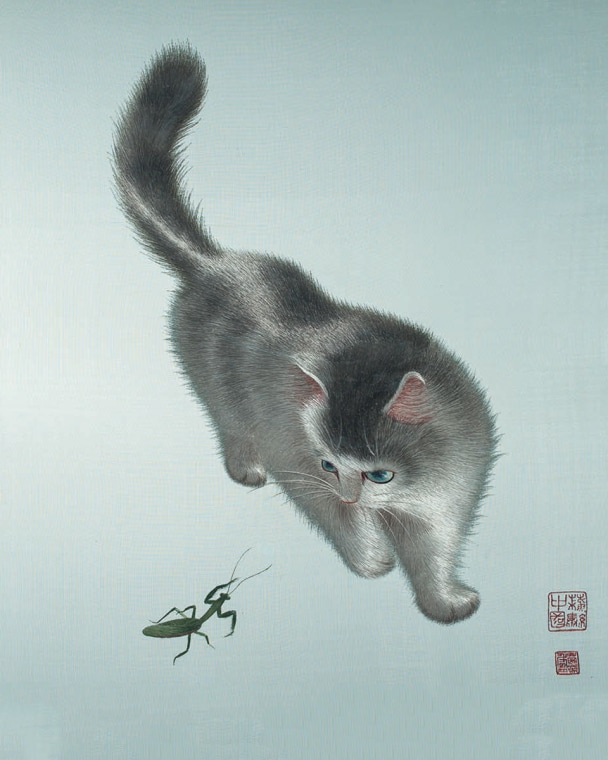
Such is the success of this re-discovered craft that EMBROIDERY ART SHOW ROOMS NOW DOMINATE THE ENTIRETY OF A SUZHOU DISTRICT.
That early success was the launch pad for the blooming not only of her personal career, but embroidery art in Suzhou. After her first sale, she was able to make sales in Shanghai in 1982, and two years later, in Beijing. These were years of unimaginable toil as she worked a conventional job during the day and embroidered at night. To sell her works she traveled by bus. Formal recognition of her talent came in 1985 when she received an award from the government. As her fame grew, both President Nixon and Queen Elizabeth acquired pieces of her work; both were double sided cats.
Her technique matured as well over these years. She developed a system for layering her stitches to give her paintings more life and depth. With each successive layer, the silk thread she used became thinner. This was an entirely new technique for the art of needle painting, one she named “split thread”.
As her success grew, the local government in 1990 officially appointed her to develop and expand the art form in the city. In a word, she was charged with making Suzhou a center for needlework art. As part of the program, funds were allocated for the construction of buildings for workshops and show rooms. By her count, Juying has trained 8,000 women in Suzhou in the art of embroidery. She has taught her disciples the technique of seeing with their eyes above the tableau and “seeing” with their hands below. Of course her daughter is included in that number. And, lest the calling be thought as 100% confined to women, there are, in fact, a few men who practice the art. But not many. Juying counts three or four men, who have taken up the avocation. Embroidery art show rooms now dominate essentially the entirety of one of Suzhou’s districts, shop upon shop, one after another, including the Lu’s, lining the Xiupin Street thoroughfare. Plainly, Juying can gaze upon this street and know that her pioneering work made it all possible.
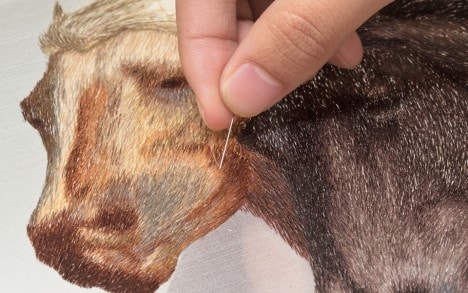
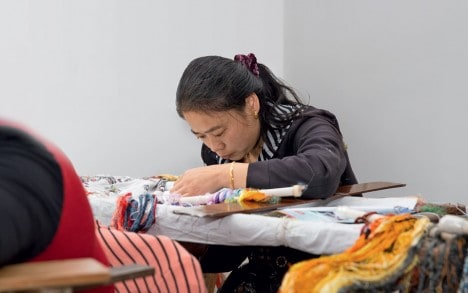

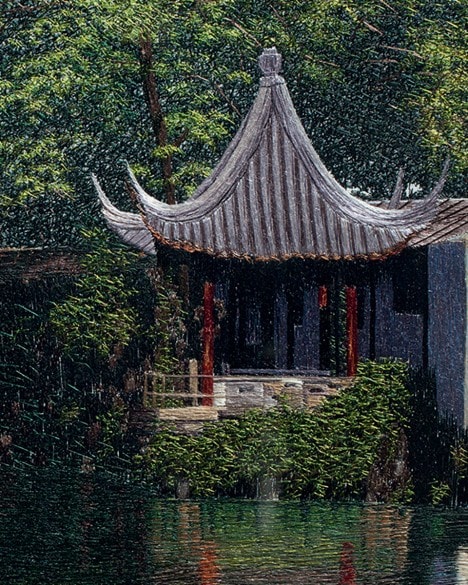
One of the Lu’s signature motifs is LANDSCAPES.
Both mother and daughter took up embroidery when they were but SIX OR SEVEN YEARS OLD.
Juying is now able to work only two hours a day and charge of her studio has passed to the hands of her daughter. Meihong’s life has been singularly devoted to her mother’s craft. Like her mother, she took up embroidery when she was but six or seven years of age. Although, Juying initially resisted the idea of Meihong attending university, her view changed so that Meihong was able to attend, pursuing studies of art, drawing and painting. Naturally, this has served her well in the studio and she has used these skills to expand the embroidery motifs. With her mother’s favorite motifs being cats and other animals, Meihong favors flowers and portraits of people. Portraits are the most difficult of all the motifs, particularly the sewing of the eyes. To bring life to these windows to the soul, Meihong uses the thinnest possible silk in order to achieve the necessary detail.
As her mother pioneered double sided art in Suzhou, Meihong was the first to introduce single sided needle painting. Her idea was that double sided paintings required too much space when displayed. After all, it would make no sense to show only one side. Somehow the piece would have to be mounted in a way protruding from a wall so that both sides were viewable. Single sided offered the advantage that it could be mounted on a wall in the same way as a conventional painting. Although, single sided embroidery had been used before to decorate objects, when Juying introduced double sided to needle painting, all of the artisans followed her lead with double sided works. A similar “follow the leader” phenomenon occurred when Meihong introduced single sided artistic works. With many artists now also adopting singled sided, both forms are flourishing in the city.
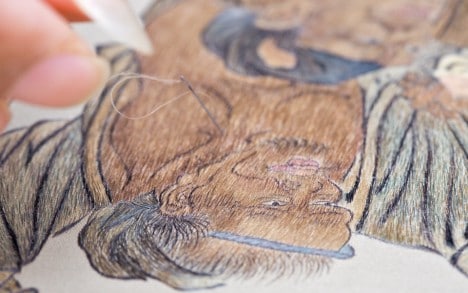

To keep her art fresh MEIHONG IS DEVOTED TO CREATION OF NEW MOTIFS.
As her career has progressed, Meihong has come to realize that Suzhou embroidery is facing challenges. Principal among them is staying fresh, evolving the art in a rapidly moving world. Of course, she still looks to her mother for guidance, but at the same time she has devoted herself to innovations that combine tradition with modernity. One of her efforts has been the creation of new motifs. As Meihong favors flowers, she has developed unique embroidery techniques and methods for floral needle painting.
Today, Suzhou needle paintings have traveled far beyond the borders of China. Works are currently being imported into galleries throughout Europe and United States and offered for sale, as well, via the internet.






